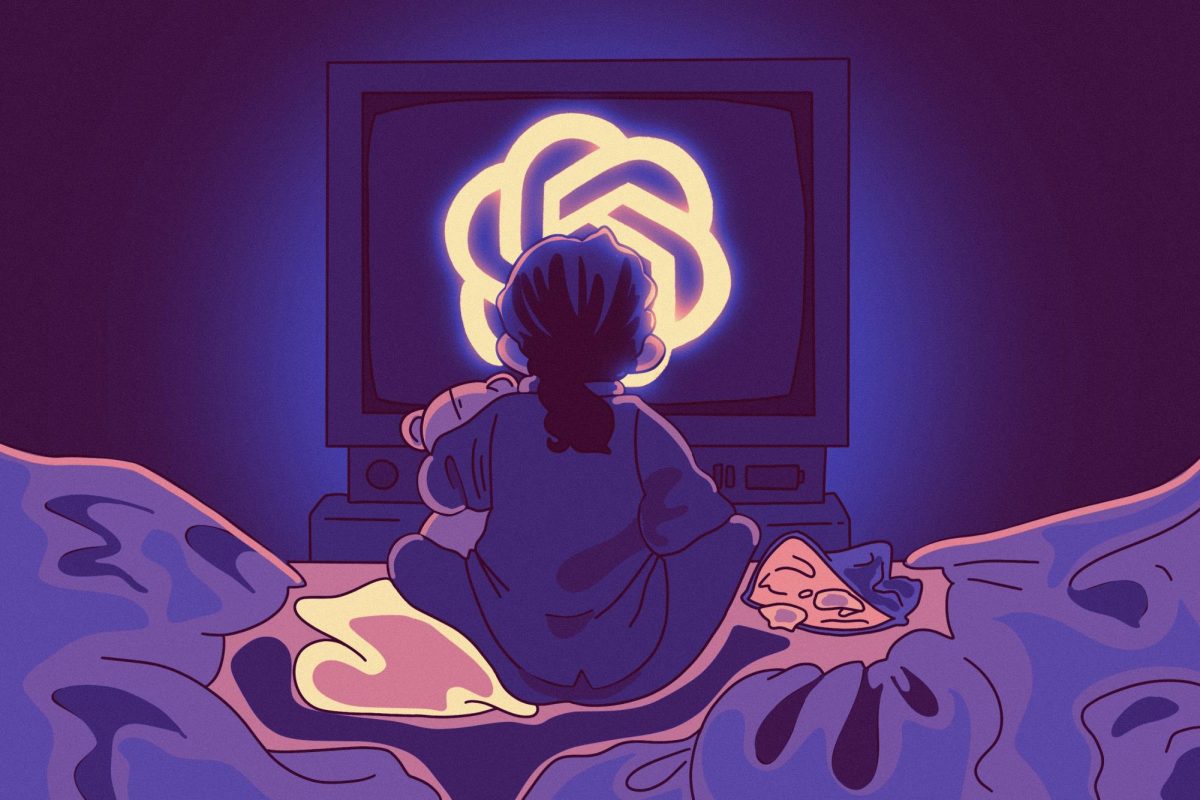Inexpensive education reform still effective
February 5, 2015
Inequality in education still persists despite numerous large-scale education reforms for public schooling. A 2011 study shows that students from low-income families have a 9 percent chance of getting a college degree, while those from high-income families have a 54 percent chance.
Education reformers and politicians have been strenuously trying to solve this problem, but their efforts are both ineffective and costly. According to the National Center for Education Statistics, between 1965 and 2005 American taxpayers invested more than $778 billion on federal programs for elementary and secondary education. Yet fewer than one in 10 low-income students obtain a college degree. More recently, the George W. Bush administration’s No Child Left Behind Act has been criticized for failing to foster any progress in education. The Heritage Foundation, a conservative think tank, denounces this act as “the massive administrative and bureaucratic costs the federal government imposes on state and local authorities.”
Still, politicians often ignore the fact that the quality of education and the amount of money spent by governments in the name of reform are not necessarily correlated. They have prioritized large-scale initiatives with catchy names over low-scale alternatives that actually work. Many of these alternatives better suit low-income students’ needs, and directly address the obstacles in their way to tertiary education. According to the Department of Education, 10 to 20 percent of college-eligible, low-income high school students across the nation do not enroll in college due to lack of support and resources. To fight this problem, two researchers at the University of Virginia and the University of Pittsburgh tested an automatic text message system that sends high school students reminders about deadlines with links to required forms and counselors. They discovered those who received the text messages were 7 percent more likely to enroll in college than those who did not. The cost of this program is very low — just $7 per pupil.
Policymakers should reassess their focus in education reform and look not at the size of an initiative, but its effectiveness. They should also acknowledge that the high costs of their projects do not guarantee success. In his recent State of the Union Address, President Barack Obama made bold promises. He unveiled America’s College Promise, his new proposal to make two years of community college free, which would cost the federal government about $60 billion over the next 10 years. His proposal will make tertiary education far more affordable, but it is questionable if this proposal can reduce inequality in education under the status quo. More hurdles than high tuition fees still remain between low-income students and college education such as complicated financial aid application processes and the lack of quality college counseling at public high school. It is time to adopt policies that actually are effective.
A version of this article appeared in the Thursday, Feb. 5 print edition. Email Kenny Kyunghoon Lee at [email protected].

























































































































































